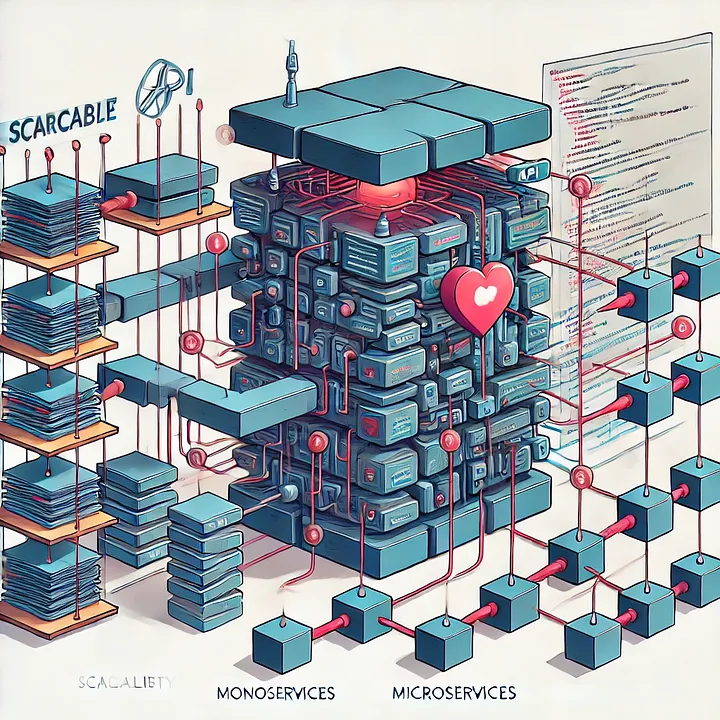Where to Start a Data Governance Program? Don’t Overthink It, Start with Strategy
The phrase “data governance” often evokes complex frameworks, lengthy meetings, and large-scale transformations. While it can be comprehensive, the truth is that launching a data governance program does not have to be overwhelming. The key is to begin strategically, with manageable steps that build momentum and deliver measurable value. It is not only about technology; it is also about people, processes, and having a clear purpose.
Start with a Clear Vision: Focus on the Why Before the How
Before considering tools or methodologies, take a step back and define your purpose. Why does your organization need data governance now? Are you struggling with inconsistent reports that lead to poor decisions? Are increasing compliance requirements, such as KVKK, GDPR, or COBIT, becoming more difficult to manage? Is the lack of reliable data limiting your ability to adopt analytics or AI initiatives? Or is rapid data growth demanding a more structured approach?
A clear vision will serve as the guiding direction for your program. It helps prioritize actions, secure executive sponsorship, and communicate value to stakeholders. This is not only a technical project but a business initiative that improves outcomes, reduces risk and supports innovation. Without this foundation, governance efforts may lack focus and struggle to gain traction or prove their impact.
Assess Your Current State: Understand Your Data Landscape
You cannot create an effective roadmap without knowing your starting point. Begin with a practical assessment of your current data environment.
Identify the following:
- Key data challenges: Where do inconsistencies delay workflows or damage trust in reporting? Which data sources are most fragmented or poorly defined?
- Critical data domains and stakeholders: Who owns and uses key data sets such as customer, financial, or product data? Which areas are essential to business operations and regulatory needs?
- Existing tools and processes: What data processes are already in place, even informally? Which platforms are used for ETL/ELT, warehousing or visualization?
This assessment prevents duplicate efforts and highlights where governance can add immediate value. It may reveal the need for capabilities such as data discovery or a data catalog to document assets, locations, and definitions.
Think of this step as a diagnostic tool. It will help you focus on the most impactful areas and set realistic goals for improving data quality and reliability.
Define Roles and Responsibilities: Governance Depends on People
Data governance is a shared responsibility across the organization. It cannot be led by IT alone. Establishing clear roles builds accountability and embeds data management into everyday operations. Strong executive sponsorship and a culture that values data are critical for success.
Typical roles include:
- Executive Sponsor or Steering Committee: Provides strategic direction, allocates resources, and promotes the program across the organization.
- Data Owners: Usually business leaders who are responsible for the definition, qualit,y and usage of specific data domains.
- Data Stewards: Often part of business or IT teams, they apply policies, monitor data quality, manage metadata, and resolve issues.
- Data Architects or Engineers: Design and maintain the technical infrastructure that supports governance.
- Data Analysts or Scientists: While primarily data consumers, their feedback is essential. They can identify quality issues and help shape standards.
- Defining these roles reduces confusion and supports a data-literate culture. Executive support also ensures that governance is seen as an enabler, not an obstacle.
Start Small and Show Results: Focus on Quick Wins
One common mistake is trying to apply data governance everywhere at once. Instead, choose a small, high-impact area where success can be demonstrated quickly.
Examples include:
- Improving the quality of one customer data field to enhance sales forecasting.
- Aligning the definition of “revenue” across departments to eliminate report inconsistencies.
- Meeting compliance requirements for one product or region.
- Creating a data catalog for a specific data warehouse to improve access and understanding.
Quick wins help build confidence, attract internal champions, and justify further investment. Early success stories can also support the case for implementing dedicated data governance tools that automate processes and manage metadata.
Keep It Practical and Evolving: Governance Is a Long-Term Journey
Data governance is not a one-time project. It requires continuous review and adaptation. Your business, technology, and regulatory environment will continue to change. Expectations around data transparency, particularly with AI and advanced analytics, are increasing.
To remain effective, your governance approach must be practical and adaptable. Regularly update your policies and tools. Gather feedback from stakeholders and revise your processes based on experience and shifting priorities.
The goal is to build a long-lasting governance framework that supports trust, security and strategic use of data across the organization.
Conclusion
Starting a data governance program does not require a large team or complex systems from day one. Begin with a clear purpose, understand where you stand, define ownership, deliver early value, and keep evolving your practices. These principles will help you create a program that is both impactful and sustainable.




